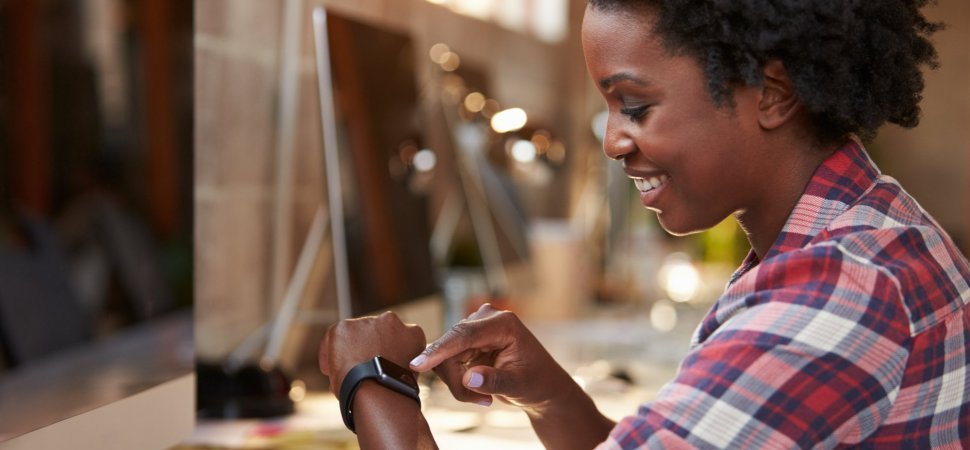
Wearable technology was touted as the future, but has yet to really take off the way some thought it would. Apple Watch was arguably unsuccessful, and other wearables have hardly become the norm.
However, the company Lumoid has some interesting data on who is using wearables and why — and it’s because they let people try them out.
Lumoid is like Warby Parker for wearables. If you’re not sure which smart watch you want — Apple Watch, Fitbit, or Jawbone, for example — you can use Lumoid to get all of them sent to you. You try them out for a week or two, decide which you want to keep (if any) and send the rest back. Trying out a box of nearly $1,000 worth of wearables is about $40.
Before the company sends you your gadgets, though, they quiz you on why you want one. If it’s for fitness, they curate a box based on that. If it’s something else, they pick different ones.
This gives them a unique view of the market, because they have a sense of why certain demographics want wearables, and it’s not necessarily for the reasons you’d think.
For example, there’s a marked difference between why women and men want wearables, and what they use them for.
Men tend to want smart watches. According to Lumoid, Apple Watch does well among the male demographic, and the number one reason they get them is because they want the notifications. They want to be reminded of when their next meeting is, or be alerted when an email comes in.
Men also tend to be fans of regular reminders like, “Stand up and stretch” (so they don’t stay seated for too long during the workday), or “Breathe deeply.” Another use case of this type is a posture tracker — it buzzes when you slouch, so you sit up straight.
Women, on the other hand, want wearables for two primary reasons, and it turns down the breakdown is split along age lines.
Non-Millennial women tend to be most interested in fitness: How active am I? How many steps have I taken, and am I on track for my fitness goals?
Millennial women, on the other hand, don’t really see the need for a smart watch to track fitness. They only care about one thing when it comes wearables:
Sleep tracking.
That’s right — according to Lumoid, over 72 percent of Millennial women report wanting a wearable solely to track sleep — not steps, calories, or heart rate. They say things like:
- “I want to know more about my sleep patterns.”
- “I don’t feel like I’m getting enough sleep, or good enough sleep. I feel tired a lot.”
- “I don’t feel rested when I wake up, and I want to know why.”
They’re not alone. By now, everyone knows sleep is critical to overall health. In addition to the massive research done on it, people like Arianna Huffington have been very publicly advocating for Americans (and others, but the U.S. is a notoriously sleep-deprived nation) to get more of it.
So most people are aware they need enough sleep — but what happens if you technically get enough but still don’t feel energized and refreshed? What’s going on there?
A wearable can help answer this question in a few ways. First, it can track the depth of your sleep — whether you’re actually going into deep sleep (REM) or not. Paired with another device, it can also potentially tell you why this is. For example, it can track whether there’s noise or light in your room at night that may be compromising your sleep quality. This is helpful because it’s actionable: you can then get ear plugs, put up blackout curtains, get a white noise machine, etc.
Certain wearables can go further, like waking you up only when you’re out of REM sleep. You give your device a window (“wake me up sometime between 7-7:45am”) and it optimizes your wakeup time. This is important, because even if you get more minutes/hours of sleep, if it’s not the right quality, you won’t wake up rested. Plus it’s never pleasant to be wrenched out of a dream by your alarm — it’d be nice to avoid that entirely.
The fact is, there are a lot of reasons you might not be sleeping well. Sure, it could be that the room is too bright in the mornings. But it could also be anxiety about a relationship, or overwhelming stress over the fact that you’re in a job you hate.
Wearables may not be able to solve the latter, but at least they can shed some light on the former … literally.

